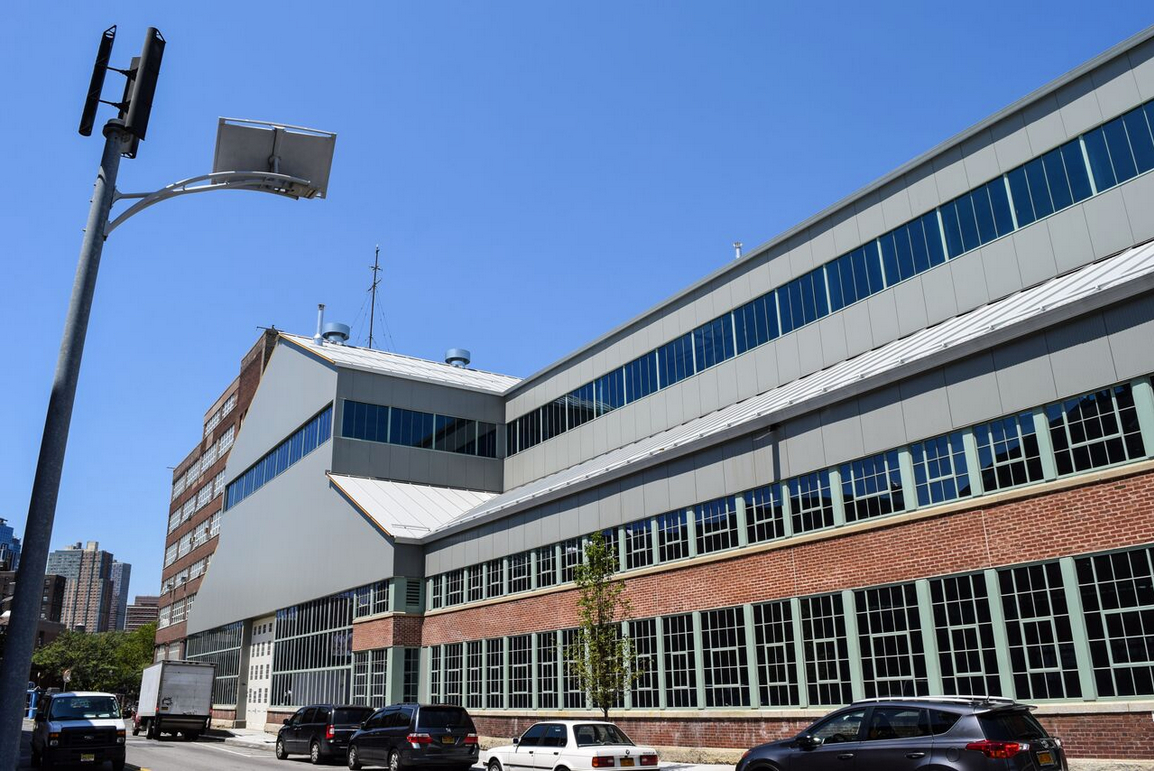Welcome to Wallabout, Brooklyn’s wooden-house wonderland
Eye On Real Estate

Welcome to Wallabout. This is Vanderbilt Avenue, which is full of fine wood-frame houses that give the neighborhood its distinctive character.
It’s a wonderland for wood-frame houses built before the Civil War.
Welcome to Wallabout, where some of Brooklyn’s finest architectural eye candy can be found. Just ignore the roar of the Brooklyn-Queens Expressway and super-busy Park Avenue beneath it.
They run right through this neighborhood south of the Brooklyn Navy Yard, which has hundreds of historic homes — including New York City’s largest collection of mid-19th Century wood-frame cottages.
